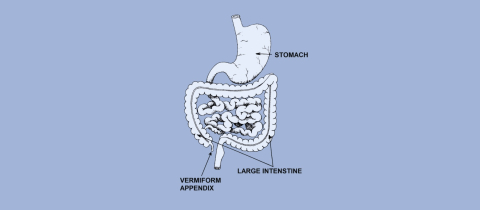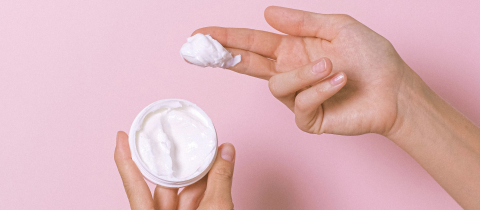Whether you are in a quiet library, giving an important presentation, or showing up to a first date, hiccups always seem to come up at the worst times. Folklore tells us that hiccups happen when someone is thinking about you. The remedy is to list your friends (and perhaps your enemies)! Once you have identified the person responsible, the hiccups will go away. My mom always told me that I got the hiccups because I did something bad. Yes, in hindsight she may have just been teasing me. But she also explained that she could make them stop by using pressure points. It turns out there is actually some history to this particular hiccup remedy.
A hiccup is an involuntary contraction of the diaphragm, the respiration muscle that separates the chest and abdomen. The reflex is a strong contraction of the diaphragm followed by a swift closure of the vocal cords, creating the “hic” sound. Hiccups are most commonly caused by drinking carbonated beverages or alcohol, swallowing air or feelings of excitement or surprise. Normally they last a short time, but in some cases they persist. That’s when medications, or as some believe, acupressure is called for.
Acupressure, similar to acupuncture, is based on traditional Chinese medicine. The idea is that your “qi”, which is your life force or energy, can be blocked in times of injury or disease. Acupressure unblocks qi and restores health throughout the body by pressing on certain pressure points or “acupoints”.
A study published in 2003 claimed that applying pressure to the TE17 point, just behind the earlobe, was 92.6% effective in treating chronic hiccups when tested in 148 cases. The treatment was provided by pressing strongly on the pressure points on either side for 3-5 minutes while having the patient practice a deep breathing cycle. Interestingly, it appears that the TE17 pressure point is found in the dermatome that shares spinal innervation with the diaphragm. That is why, being an anatomy nerd, this piqued my interest.
What is more likely, though, is that since the diaphragm is a respiratory muscle, the breathing exercises practiced in parallel to acupressure were the real reason that the hiccups resolved. In other studies that have suggested acupressure as an effective treatment for hiccups (as well as other conditions like nausea, insomnia, and migraines), there has been a high likelihood of bias and a dearth of scientific evidence. While the placebo effect may play a role in the treatment of hiccups with acupressure, it is more likely that the beneficial results are due to regulating breathing.
My mom might be right about most things, but I’m going to side with science on this one.







